Imagine you’re on a road trip, driving at 60 mph. Suddenly, you hear a strange noise coming from the engine. You pull over, open the hood, and realize you have no idea what you’re looking at. Your friends stare at you expectantly, but you’re clueless. It is a sign that you’ll need a mechanic, an automobile expert.
Likewise, in product development, there are instances when you might think everything is going fine, but behind the scenes, your software might be on the verge of a breakdown.
As a tech and non-tech decision-maker, you may lack expertise in product development. Without recognizing the signs that indicate the need for product development experts, you risk encountering challenges that could jeopardize your entire system.
So, keep an eye out for technical and business signs, and know when it’s time to bring in product development experts!
What is product engineering?
Product engineering is an interdisciplinary approach that integrates software development, hardware design, systems engineering, and user experience to create scalable, maintainable, and high-performing digital products. It encompasses the entire product lifecycle, from ideation and design to deployment and continuous improvement.
Signs that you need product engineering expertise
Product engineering expertise helps develop and deliver high-quality digital products that meet customers’ needs and support business growth. However, the challenge is to know when you need to bring in product engineering expertise to ensure your product’s success.
To help you, we have discussed the technical and business signs to look out for to achieve your product development goals.
Technical signs
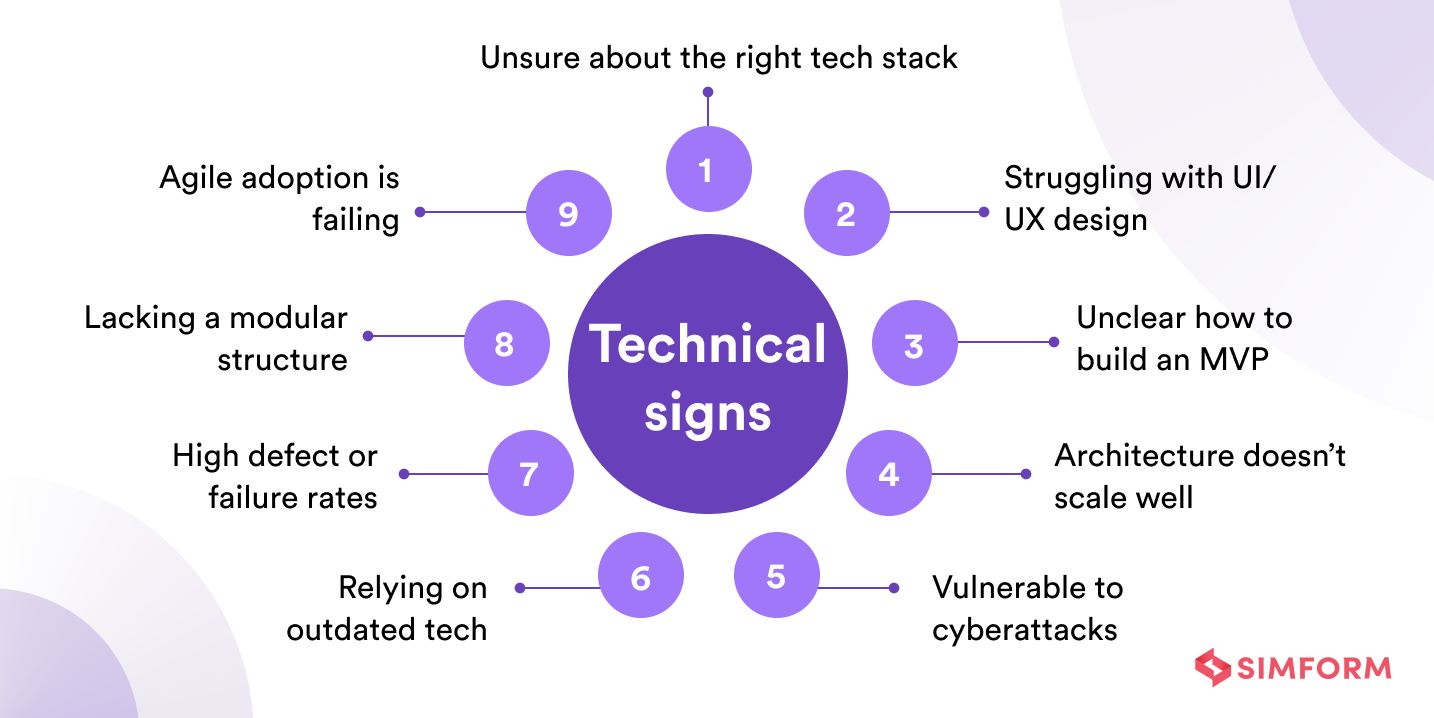
1. You’re unsure of how to choose the best tech stack
Selecting the right tech stack is paramount for the success of your product. If you choose the wrong tech stack, you may face problems like:
- slow performance,
- frequent system crashes,
- high maintenance costs,
- difficulty in achieving scalability, and
- challenges in third-party integrations.
Product engineering experts can help you select the best tech stack for your product for current requirements and future scenarios. For example, they suggest using cloud-based platforms for scalability and cost-effectiveness or microservices architecture for easy maintenance and deployment. Or consider future requirements such as integration with other systems or support for new devices.
Let’s talk about Uber – Uber gradually shifted from a Python monolith on PostgreSQL to a distributed system tailored to specific workloads as demand scaled. They introduced Go and Java for performance-critical services, retained Node.js for selective use cases like dispatch, and rebuilt their data layer on MySQL using a custom system called Schemaless (now evolved into Docstore).
Kafka powers real-time event streams, Cassandra handles time-series and telemetry data, and Redis supports caching and asynchronous queues. None of these choices were ad hoc; they were made by product and infrastructure engineering teams working together to address scaling bottlenecks, eliminate tech debt, and redesign systems around fault tolerance and operability.
2. You’re struggling to design a visually appealing and engaging UI/UX
Creating a user-friendly, visually appealing, and efficient UI/UX requires understanding user behavior and psychology.
As a decision-maker, if you’re,
- receiving negative feedback from users,
- experiencing low adoption rates, or
- have a high rate of user churn,
it’s a sign that you’re struggling to design an effective UI/UX. These issues can lead to decreased revenue and market share.
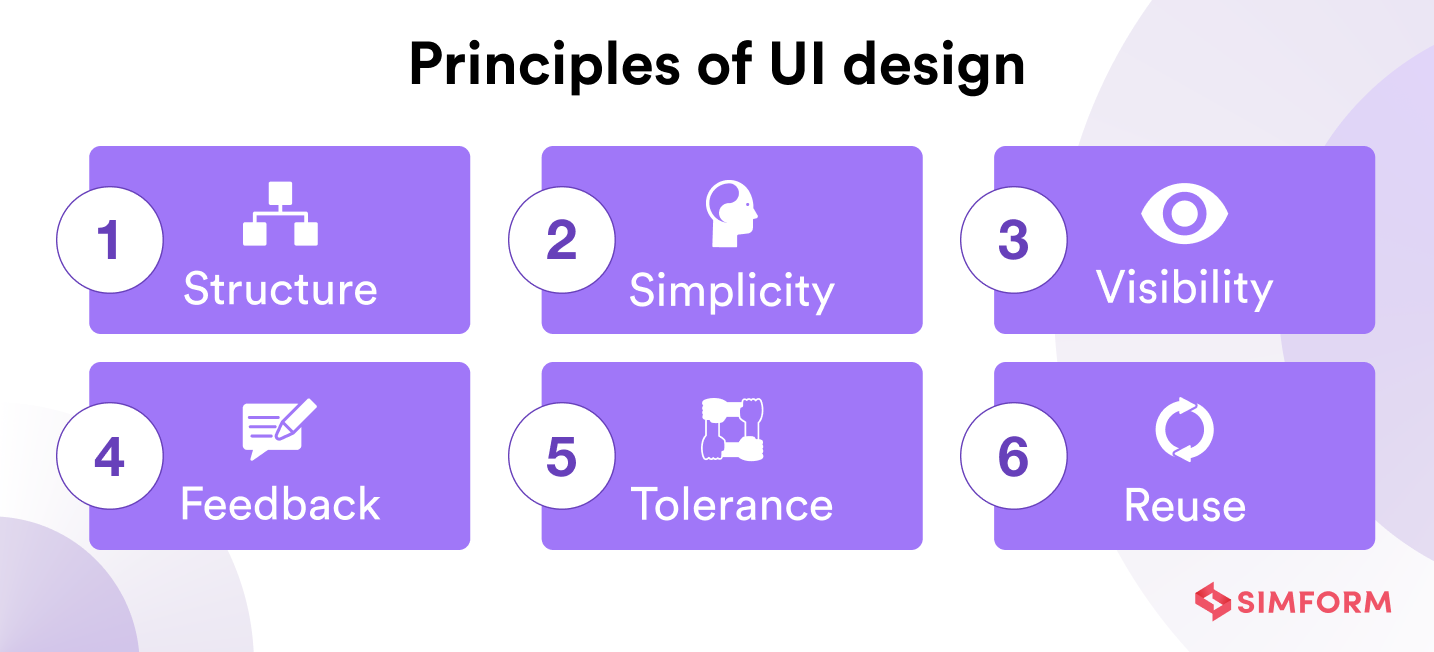
You can get valuable insights and expertise in designing an engaging UI/UX with product engineering experts. Product engineers understand user behavior, design principles, and emerging technologies. Utilizing A/B testing, they can create two versions of a feature or layout, test them with a subset of users, and analyze the results to refine the design. For example, they can test two different button colors to optimize user clicks.
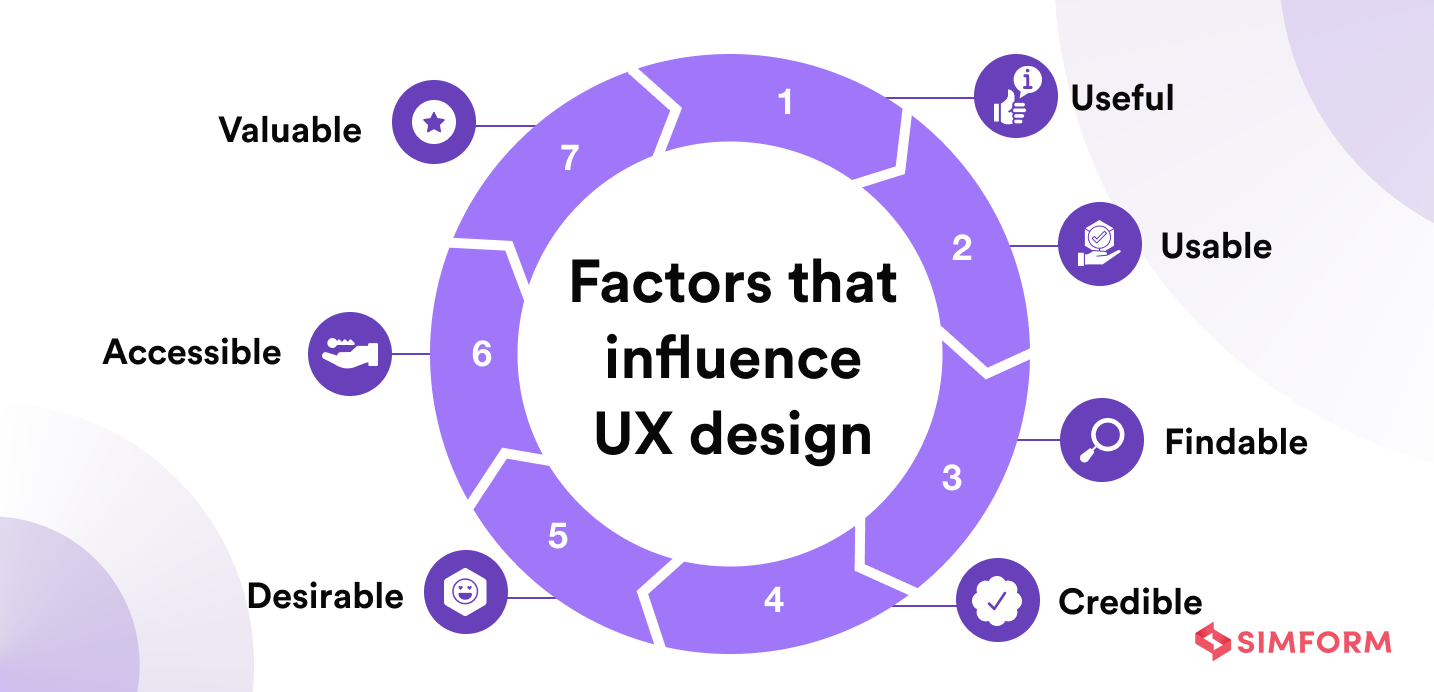
Take the example of Apple. It overcame the struggle of visually appealing UI/UX by prioritizing simplicity, consistency, and attention to detail. One of its challenges was designing for users with varying technology literacy levels. Product engineering experts conducted extensive user testing and refined the design to make it intuitive and accessible.
By prioritizing user needs and feedback, Apple created a visually appealing UI/UX that is functional and user-friendly.
3. You’re unsure of how to create a perfect MVP
A successful MVP (minimum viable product) can differentiate between a failed or successful product launch. It becomes paramount for you to know how to create a good MVP for your product.
You’re having trouble creating an MVP if you’re,
- struggling to identify the core features needed to test your idea,
- are uncertain about the technology required to build the MVP, or
- have difficulty prioritizing tasks.
Product engineering experts help design a perfect MVP (Minimum Viable Product) for a product by identifying the key features and functionalities necessary for a successful launch. They prioritize scalability, which most business owners overlook, leading to technical debt and long-term downtime. The experts utilize their technical expertise to design a flexible architecture, implement best practices for code and infrastructure, and consider long-term growth and maintenance requirements.
Dropbox approached its MVP differently from most. Instead of building a fully functional sync engine upfront, the team created a short demo video showcasing seamless file synchronization across devices.
This video generated a strong response and helped validate the problem-solution fit before writing production code. Only after confirming demand did they invest in building the sync infrastructure. It’s a clear example of how early focus on the core value proposition can shape a successful MVP.
4. You’re having trouble crafting a scalable architecture
Without the proper technical know-how, you may face issues scaling your product as it grows. It can impact your ability to serve your customers effectively.
Some signs that you’re having issues with creating a scalable architecture are,
- frequent crashes or downtime,
- struggle to handle large amounts of user data, or
- finding it challenging to add new features without affecting performance.
Product engineers employ best practices and modern architectural patterns to design scalable systems. They assess factors like system modularity, data consistency, fault tolerance, and deployment strategies to determine the most suitable architecture, such as microservices, event-driven, or serverless architectures, tailored to the product’s specific needs.
Preferring SOA for legacy systems, enterprise-level solutions, and microservices to benefit complex ones, large development teams, and distributed systems.
At BNY Mellon, the internal team faced these exact constraints. Their monolithic PostgreSQL instance struggled during peak transactions. So, they worked with Microsoft to break the architecture apart: metadata handling, event processing, and OLTP were split into independently scalable services.
They moved to Azure Database for PostgreSQL and layered in geo-redundant high availability, enabling elastic scale without rewriting the entire platform.
Within nine months, the team eliminated frequent downtime, added new features without performance hits, and freed engineering teams to focus on innovation rather than database ops.
5. You’re unable to create a product that can withstand cyberattacks
To identify potential security issues, look for signs such as unresolved vulnerabilities, secrets checked into source control, or CI/CD pipelines stalling on last-minute security fixes.
Product engineers can embed secure-by-design principles from day one, structuring CI/CD workflows that prevent common security flaws, automating key controls, and minimizing human error.
This includes secrets management, permission scoping, and enforcing security gates in the delivery pipeline.
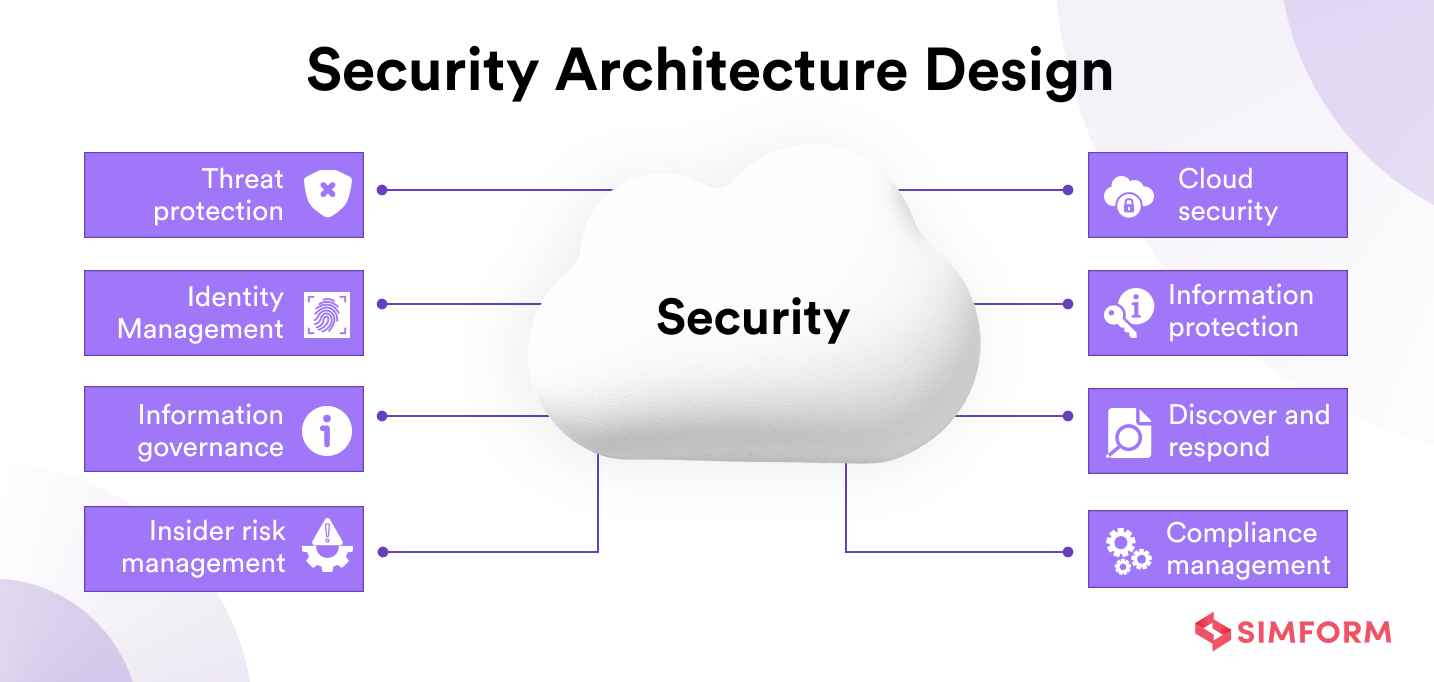
Take SparePartsNow, a global parts marketplace that built its entire cloud infrastructure and release pipeline using Azure DevOps and Pulumi. Instead of hardcoding secrets in YAML files or repos, all sensitive values, like database credentials and certificates, are stored in Azure Key Vault and accessed at runtime via managed identities.
Pulumi scripts ensure service principals only get scoped access, following least-privilege practices. Variable groups in Azure DevOps are directly linked to Key Vault, so secret rotation policies are enforced automatically across environments, without manual updates.
The result? SparePartsNow reduced manual credential handling by over 90% while making secret access fully auditable and compliant, without slowing down releases.
6. You’re using outdated technology and equipment
You might risk losing competitiveness, performance, and efficiency without proper modernization. Experienced product engineers help you identify the best technology upgrades to streamline operations and maximize returns.
They help you overcome,
- slower system performance,
- frequent downtime and crashes,
- limited scalability,
- security vulnerabilities, and
- Integration difficulties.
Product engineering experts can assist in overcoming outdated legacy systems by addressing compatibility issues during migration. They can assess the existing system and identify areas where compatibility problems may arise. With their expertise, they can develop a strategic plan to migrate data and functionality from the legacy system to a modern platform while ensuring seamless integration. They may use techniques such as system analysis, data mapping, and API development to resolve compatibility issues and seamlessly transition to the new system. one seamlessly.
John Deere, a leading agricultural equipment manufacturer, faced a challenge with outdated technology in their legacy products. The older machines lacked advanced technology to meet market demands. John Deere turned to product engineering experts who modernized their equipment to overcome this challenge. By integrating IoT sensors and AI, John Deere upgraded its machines, empowering farmers with the latest tools for enhanced efficiency and productivity.
7. Your product has high defects or failure rate
If your product has a high defect or failure rate, it may indicate,
- customer complaints or negative reviews,
- high return rates, increased support tickets, or
- low sales conversion rates.
Product engineering experts ensure a low defect or failure rate by prioritizing quality, reliability, and safety in their design and development process.
Let’s consider an example of a company manufacturing electronic devices to understand. It experienced a high failure rate due to component overheating. So, the product engineering experts redesigned the product’s thermal management system to tackle this issue. The company significantly reduced failure by selecting new materials, optimizing component placement, and implementing new manufacturing processes. As a result, the product’s reliability and customer satisfaction significantly improved.
Toyota demonstrated a similar commitment to excellence. It ensured low defects or failure rates by implementing the “Toyota Production System” (TPS), a quality control methodology emphasizing continuous improvement and waste reduction.
When confronted with accelerator pedal issues that led to accidents, Toyota turned to product engineering expertise. The meticulous redesign of the pedal assembly and the introduction of brake override technology to improve safety effectively enhanced safety. Furthermore, Toyota aimed to prevent similar issues by fostering collaboration between their engineering and manufacturing teams.
8. Your product lacks a modular design
A product’s lack of modular design and reusability can result in various challenges, such as:
- difficulty making changes or adding new features,
- longer development cycles,
- and high maintenance costs.
These issues contribute to a slow time to market, limited adaptability to customer needs, and decreased competitiveness.
Product engineering experts can ensure modular product design by breaking them into independent and interchangeable modules. For example, they can help an appliance brand wanting to develop a new line of refrigerators with interchangeable parts to reduce production costs. They can recommend a modular design with standardized interfaces and connectors, enabling the company to produce and sell multiple variations of refrigerators at a lower cost.
Samsung faced the modularity issue with the launch of Galaxy Note 7. The faulty battery design led to the device catching fire or exploding, resulting in a global product recall and significant damage to Samsung’s reputation and finances.
To avoid similar issues in the future, product engineers advised Samsung to develop a modular design approach for its smartphones. By designing and testing individual components before integration, Samsung achieved greater flexibility in product design, improved quality, and enhanced reliability. This approach reduced production costs and accelerated time-to-market for new products.
9. You’re struggling to adopt an agile methodology
Agile methodologies are essential to deliver products quickly and efficiently. Without experience in this area, your team may struggle to keep up with competitors.
Signs that your team lacks experience in agile methodologies include,
- missed project deadlines,
- difficulty adapting to changing customer needs,
- low-quality products, and
- communication breakdowns within the team.
These issues can lead to decreased customer satisfaction, increased costs, and lost market share.
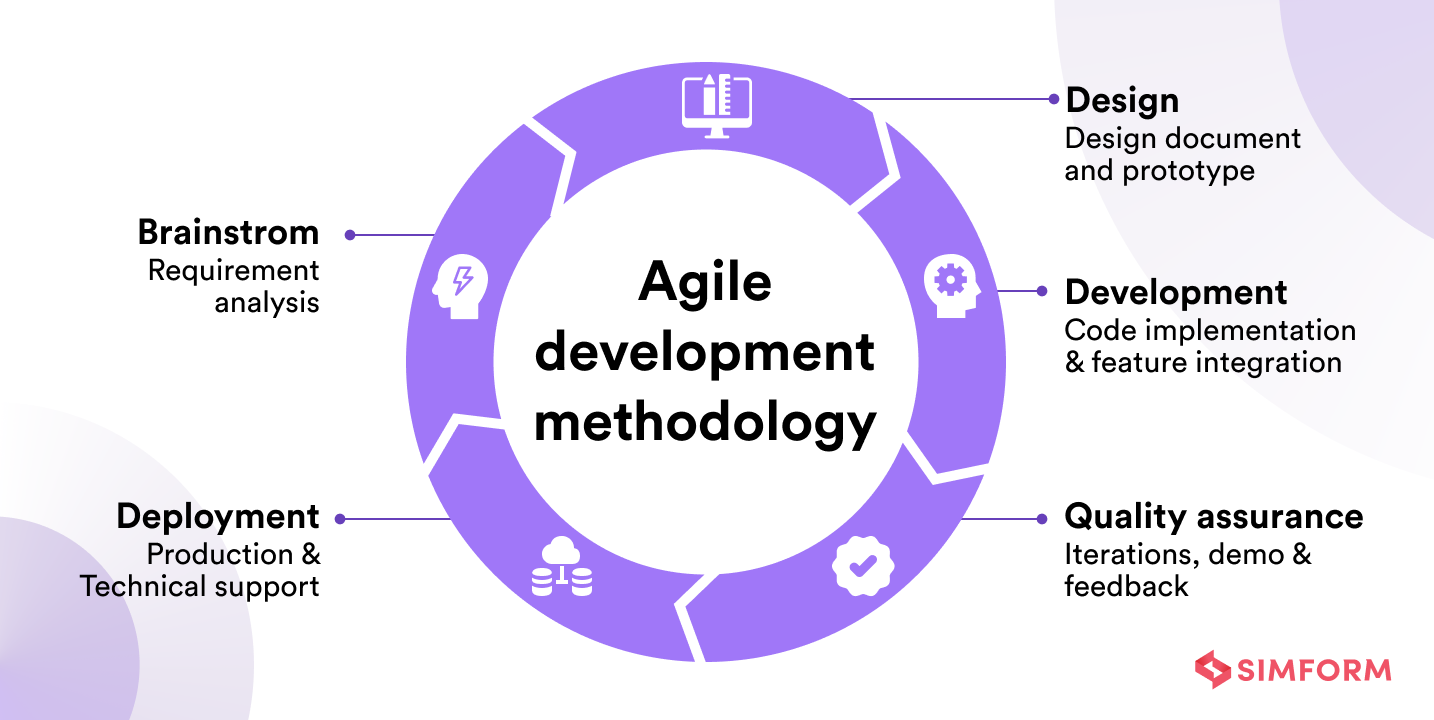
Product engineering experts specialize in helping companies adopt agile methodologies by breaking down large projects into smaller, manageable tasks, creating clear timelines and goals, and promoting effective communication.
Suppose a company struggling with slow product development and missed deadlines sought the expertise of product engineers. They recommended implementing an agile methodology, restructuring the development process by breaking projects into smaller sprints, establishing a regular cadence for communication and review, and focusing on continuous improvement. As a result, the company could deliver products more quickly and with higher quality.
Consider Domino’s UK & Ireland. To modernize its e-commerce platform, the company partnered with Microsoft to move from a monolith to microservices on Azure Kubernetes Service (AKS), with Azure API Management handling secure, policy-based routing.
They built a dedicated Site Reliability Engineering (SRE) function, using Azure Monitor, Application Insights, and Log Analytics to define SLIs/SLOs, automate health checks, and trigger incident runbooks via Azure Automation.
Each service now runs with least-privilege access via Azure Key Vault and managed identities; there are no hardcoded secrets or manual rollouts. As a result, teams deploy independently, release frequency has tripled, and incident resolution times have dropped by more than 50%, all while improving uptime and security posture.
While the technical signs can prepare you for product design, development, functionality, and quality concerns, it’s just a part of the big story. You must also have one eye on business signs that comprise market demand, profitability, and product relevancy. So, let’s dive deeper into these things in the upcoming section.
Business signs
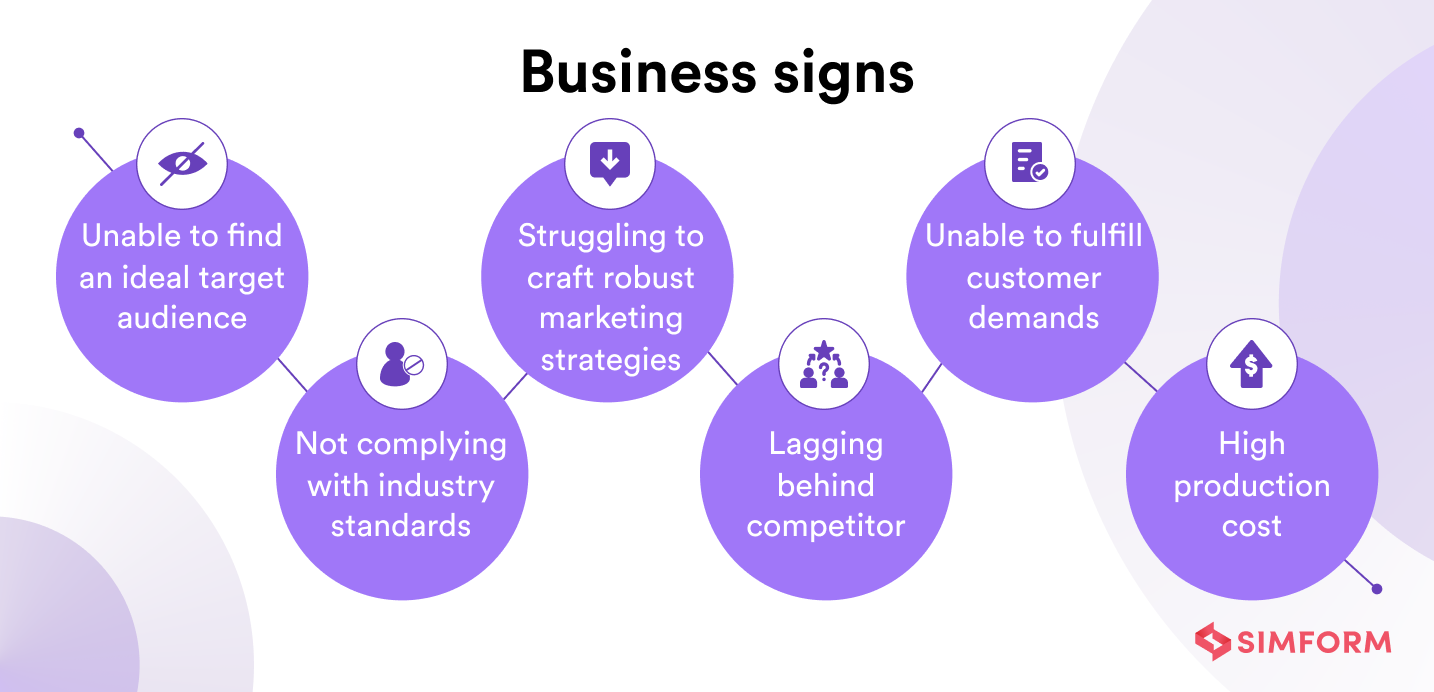
10. You’re unable to find your ideal target audience
If you notice:
- a lack of customer engagement and interest,
- low conversion rates,
- high bounce rates, etc.,
It’s a sign that you need a product engineering consultation.
Product engineering experts excel at identifying the ideal target audience through market research, customer behavior analysis, and demographic identification. The complexity of modern consumer behavior, which includes multiple touchpoints and channels, presents a challenge in finding the right target audience. However, product engineering can leverage data analytics and technology to comprehend and track customer journeys across different platforms, enabling more accurate audience segmentation and targeting.
Coca-Cola, for instance, encountered the challenge of appealing to health-conscious consumers who were moving away from sugary drinks. Through extensive market research involving demographic data, consumer behavior analysis, and cultural trends, Coca-Cola found its ideal target audience. Coca-Cola developed new low-sugar and no-sugar options, such as Diet Coke and Coca-Cola Zero Sugar, to address this shift.
With the assistance of product engineering services, Coca-Cola obtained expertise in formulation, ingredient sourcing, and production processes. It helped Coca-Cola to create products that met its target audience’s needs while maintaining its core product’s quality and taste.
11. Your product is not complying with industry standards
If your company is,
- struggling to keep up with changing regulations,
- receiving warning letters or penalties from regulatory agencies, or
- facing product recalls due to non-compliance,
It can result in significant costs and time-consuming challenges.
Product engineering experts play a vital role in helping companies comply with industry standards by providing expertise in developing products that meet regulatory requirements. Let’s take the example of a company that produces consumer electronics. One challenge they may face is ensuring their products comply with international safety standards, such as International Electrotechnical Commission (IEC) or the Underwriters Laboratories (UL).
In such a scenario, product engineering experts can conduct thorough safety analyses, identify potential hazards, and design products that meet the required safety standards. They can also help with testing and certification processes to ensure compliance.
Tesla complied with automobile and EV standards and regulations by conducting rigorous testing and obtaining certifications from relevant authorities. Overcoming the challenge of crash safety standards, especially with the unconventional design of their electric vehicles, was made possible through product engineering expertise. Employing advanced simulations and crash testing methods, Tesla achieved industry-leading safety ratings for Tesla cars.
12. You’re struggling to craft strong marketing and promotion strategies
Developing a good product is one thing, but its effectiveness relies on successful marketing and promotion.
A lack of effective marketing strategies can lead to:
- low conversion rates,
- declining sales,
- negative customer feedback,
- lack of brand recognition, or
- difficulty standing out in a crowded market.
Product engineering experts can understand the product’s strengths and limitations and create robust marketing strategies. They can also identify target audiences and craft messages that resonate with them.
For instance, they can help find the right balance between promoting technical features and showcasing the benefits they provide to the customer. A software product may have advanced algorithms, but customers may not understand their benefits. Product engineering experts can overcome this challenge by translating technical features into customer benefits. They can also provide data and insights to support the messaging and tailor the marketing strategy.
Dyson overcame the issue of devising effective marketing strategies by focusing on product innovation and differentiation. One obstacle it faced was convincing consumers to pay a premium for its vacuum cleaners.
To address this, Dyson’s product engineering experts developed and patented unique technologies, such as cyclonic suction, that differentiated its products from competitors. Dyson also emphasized the benefits of its products, such as superior suction and filtration, in its marketing campaigns. This approach helped Dyson establish itself as a premium brand in the market.
13. You’re lagging behind the competitors in the marketplace
For tech-led enterprises, it is essential to watch out for:
- declining sales,
- reduced market share, or
- difficulty in attracting and retaining customers.
Product engineering can help a business surge ahead of its competitors by enabling faster and more efficient development of high-quality products. Using advanced technologies and agile methodologies, product engineers can help develop products that meet current and future market needs.
Here’s an example of Disney. It faced the challenge of streaming service disruption from competitors like Netflix and Amazon Prime Video, impacting cable television. In response, Disney launched its streaming service, Disney+. Product engineering experts were vital in designing and building a user-friendly and technically robust platform. They incorporated personalized recommendations and a seamless user interface, differentiating Disney+ from its competitors. As of Q1 2023, Disney+ boasts over 161.8 million subscribers, establishing itself as a leading player in the streaming industry.
14. You’re unable to fulfill customer demands and expectations
The inability to meet customer demands and expectations can result in the following:
- decreased customer satisfaction and retention rates,
- increased customer complaints,
- declining revenue, and
- difficulty launching or updating products.
All these activities can lead to missed opportunities.
Product engineering experts help companies meet customer demands by leveraging their expertise to design and develop products that meet customer needs and preferences.
Customizing products individually can be time-consuming and expensive, hindering production scalability. Product engineering experts can overcome this challenge by developing modular designs for quick customization. 3D printing and computer-aided design streamline the customization process.
During the 2019 Word Cup, Hotstar successfully met customer demands by scaling up its infrastructure and optimizing video streaming technology. One key challenge it faced was delivering high-quality video streams to users with diverse network speeds and devices. Hotstar’s product engineering experts focused on optimizing video compression, network delivery, and device compatibility. They harnessed artificial intelligence and machine learning to automatically adjust video quality based on the user’s network speed and device capabilities. As a result, during the India-New Zealand world cup semifinal, Hotstar managed to handle 25.3 million concurrent viewers.
15. Your product is yielding high production costs or low profitability
Technology-driven companies may experience high production costs, low profitability, and difficulty scaling their operations. These challenges can arise from the following:
- Inability to meet customer demands,
- Low sales or retention rates due to intense competition.
Product engineering experts help companies optimize operations by identifying cost savings and efficiency improvement opportunities. They focus on reducing waste, minimizing production time, and maximizing product quality.
For instance, they can use data-driven approaches to identify cost-saving opportunities without compromising product quality.
GoPro achieved low production costs and high profitability through outsourcing, vertical integration, and economies of scale. Simplifying the product line was another approach to reduce costs and increase efficiency. Maintaining product quality while keeping costs low was a challenge. Product engineering experts helped by developing efficient manufacturing processes and ensuring adherence to high-quality standards. GoPro achieved its cost and profitability objectives by optimizing its supply chain and manufacturing processes.
Scale, Enhance, and Launch with Simform
Tech enterprises must be alert to the signs indicating the need for product engineering expertise. And recognize them early on to prevent potential long-term damage.
Simform is a trusted partner for tech-enabled enterprises that need help incorporating product engineering into their ecosystem. Our team of experts provides end-to-end product engineering solutions, covering everything from ideation to launch. We ensure your products are scalable, maintainable, and user-friendly. We also focus on enhancing product performance, minimizing development costs, and reducing time-to-market.
Ready to elevate your product engineering game? Contact Simform today to discuss your needs and take your product development to the next level.